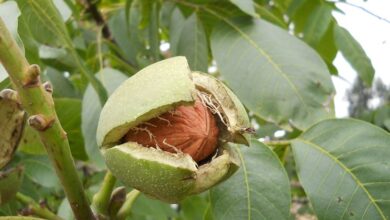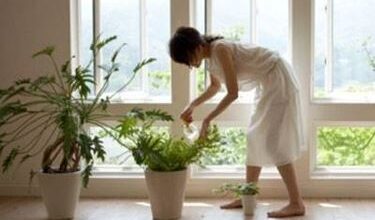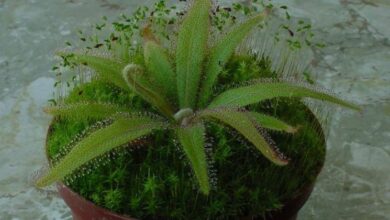Ginseng ficus bonsai
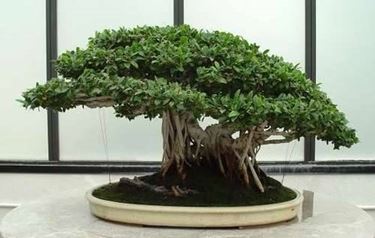
Ginseng ficus bonsai

Features
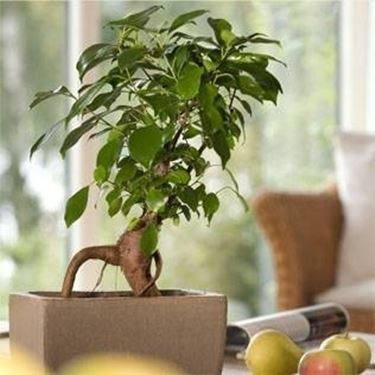
As mentioned in the previous paragraph, ficus ginseng bonsai is a tropical shrub. Its plant family belongs to the Moraceae, while the name ginseng derives from the Asian term attributed to the forms that this species is able to assume during its growth. The plant has large, robust and gnarled roots that twist together giving life to truly amazing shapes. The leaves of ginseng ficus bonsai are, on the other hand, oval, large and glossy green. This plant, grown in a pot as a bonsai, does not bloom easily. The blooms are rare and when they occur they do not have a great ornamental value. The fruits of ginseng ficus bonsaithey are similar to very small figs, but also in this case they have no ornamental interest. The particular decorative effect of this small tree is due precisely to the shape of its roots and leaves. The root system of the adult or very old plant often takes on a typical ash gray color.
Cultivation
The ficus ginseng bonsai needs a suitable soil, adequate exposure and correct irrigation and fertilizers. The ideal soil for growing ficus ginseng bonsaiit is fertile and well drained. Usually a soil specifically designed for bonsai species is used, alternatively a mix of sand and universal soil can be used, taking care to foresee half of one and the other. The exposure of this bonsai depends on the season and the temperature of the area where it is grown. The plant should be kept indoors during autumn and winter, while from spring to summer it can be exposed outdoors. To develop healthily, ginseng ficus bonsai needs sunlight, but not direct sunlight, because excessive exposure stimulates the abundant and fast growth of the plant. In spring and summer it is useful to place the bonsai in a partially shaded position, while in harsh and cold winters it is better to place it in a well-lit indoor environment. The ideal temperature for ginseng ficus bonsai is medium-high, because the plant is typically tropical, while in winter you should be careful not to place it at temperatures below ten degrees. It is also useful not to place the plant in pots made with materials that overheat, because excessive heat risks drying out the roots. The bottom of the pot and the soil must, in fact, be kept constantly humid, but not soaked. In this case it is better to add a saucer of expanded clay to the base that absorbs excess moisture while retaining only the amount of water necessary to humidify the substrate. The irrigation of the plant must be calibrated according to the climate. In spring and summer the ficus while in winter you should be careful not to place it at temperatures below ten degrees. It is also useful not to place the plant in pots made with materials that overheat, because excessive heat risks drying out the roots. The bottom of the pot and the soil must, in fact, be kept constantly humid, but not soaked. In this case it is better to add a saucer of expanded clay to the base that absorbs excess moisture while retaining only the amount of water necessary to humidify the substrate. The irrigation of the plant must be calibrated according to the climate. In spring and summer the ficus while in winter you should be careful not to place it at temperatures below ten degrees. It is also useful not to place the plant in pots made with materials that overheat, because excessive heat risks drying out the roots. The bottom of the pot and the soil must, in fact, be kept constantly humid, but not soaked. In this case it is better to add a saucer of expanded clay to the base that absorbs excess moisture while retaining only the amount of water necessary to humidify the substrate. The irrigation of the plant must be calibrated according to the climate. In spring and summer the ficus because excessive heat risks drying out the roots. The bottom of the pot and the soil must, in fact, be kept constantly humid, but not soaked. In this case it is better to add a saucer of expanded clay to the base that absorbs excess moisture while retaining only the amount of water necessary to humidify the substrate. The irrigation of the plant must be calibrated according to the climate. In spring and summer the ficus because excessive heat risks drying out the roots. The bottom of the pot and the soil must, in fact, be kept constantly humid, but not soaked. In this case it is better to add a saucer of expanded clay to the base that absorbs excess moisture while retaining only the amount of water necessary to humidify the substrate. The irrigation of the plant must be calibrated according to the climate. In spring and summer the ficusginseng bonsai has greater water needs, while in the winter and autumn months the irrigations must be more sparse. Generally, we realize that we need to irrigate the plant when the soil is dry. This ficus must be fertilized with specific fertilizers for bonsai plants. Suitable fertilizers must be low in nitrogen to avoid excessive and disordered leaf development. Fertilization can be suspended if the plant is grown on a soil already rich in organic substance. The ficus ginseng bonsai is already sold after adequate pruning and it is not necessary to resort to further cuts. Furthermore, its branches and roots are gnarled and large and cuts made by a beginner could lead the plant to death.
Curiosity
Ginseng fucus bonsai, in addition to having an undeniable ornamental value, also has a certain utility for the environment. This plant, due to its beneficial and anti-pollution effects, can be fully defined as «ecological». The aforementioned bonsai has the ability to dehumidify the air and purify it of harmful substances. This tree, in fact, absorbs large quantities of formaldehyde emitted from the paints of furniture and curtains, but also from cigarette smoke. To perform its functions at its best, the plant must be regularly kept away from too cold environments, thermal changes and drafts.

